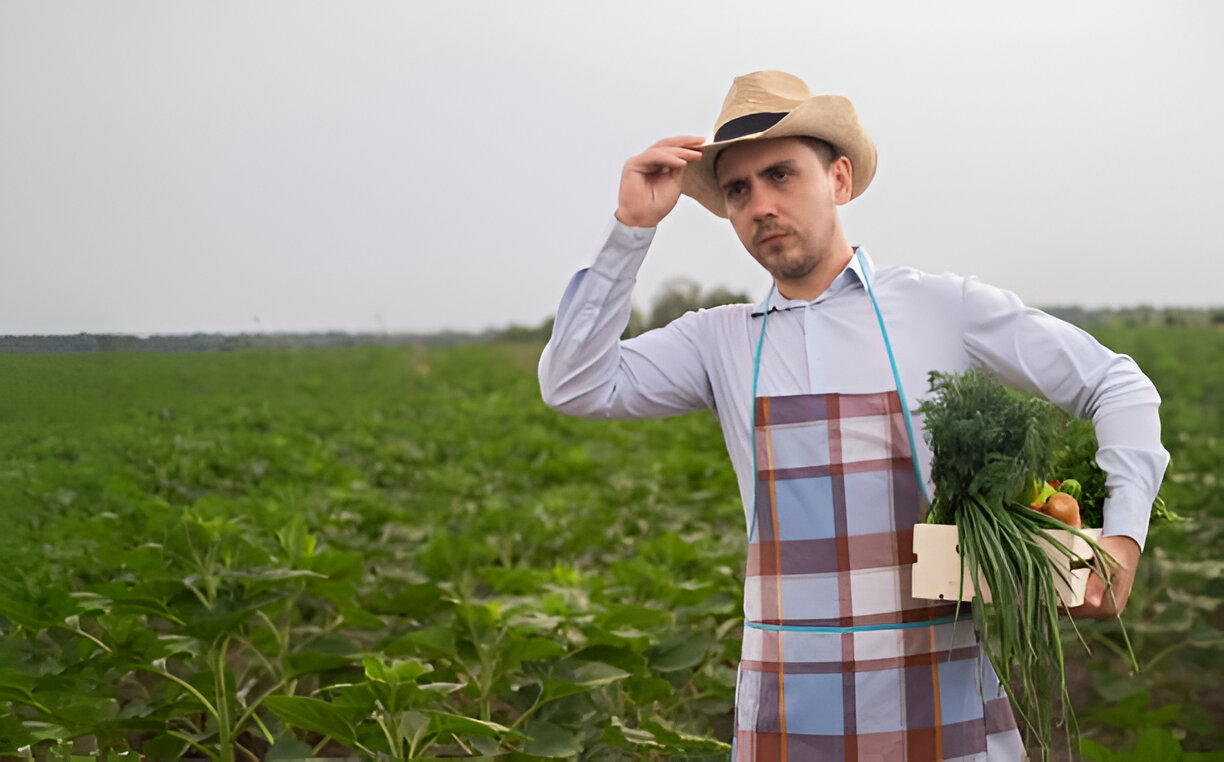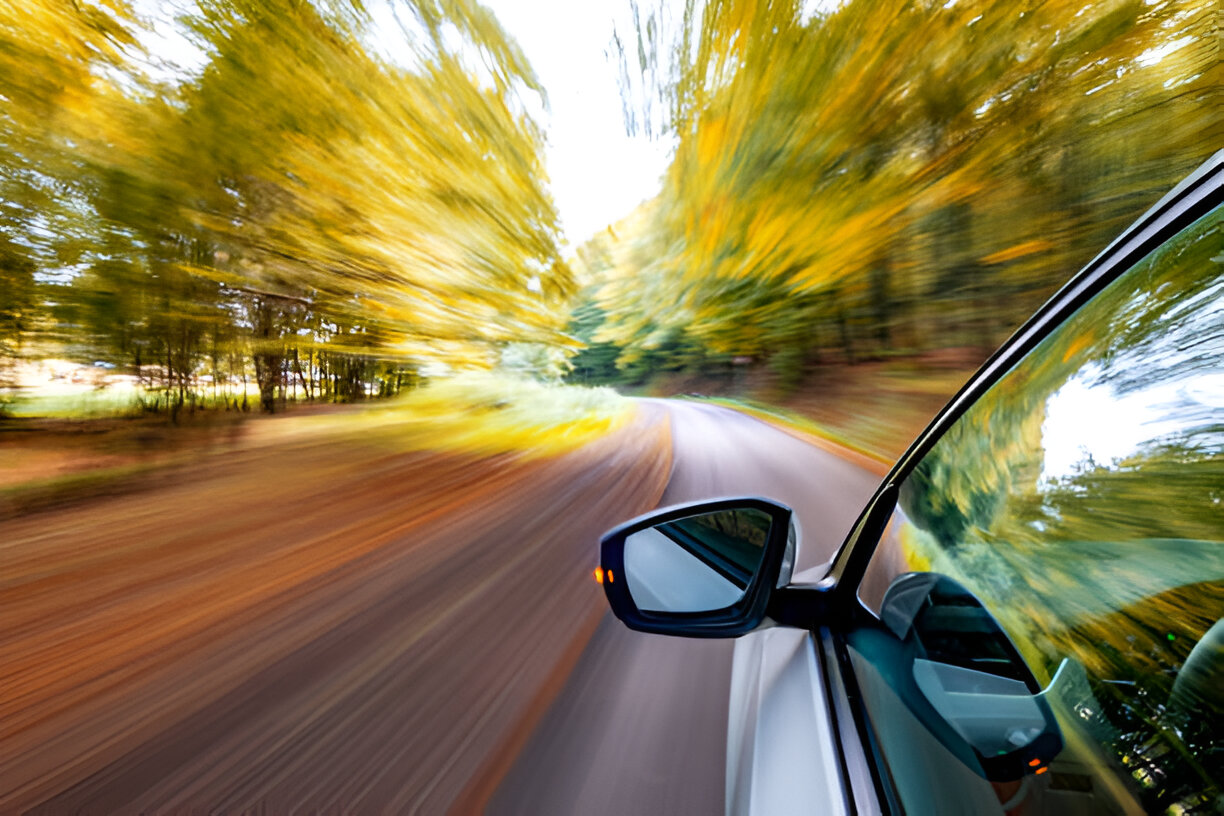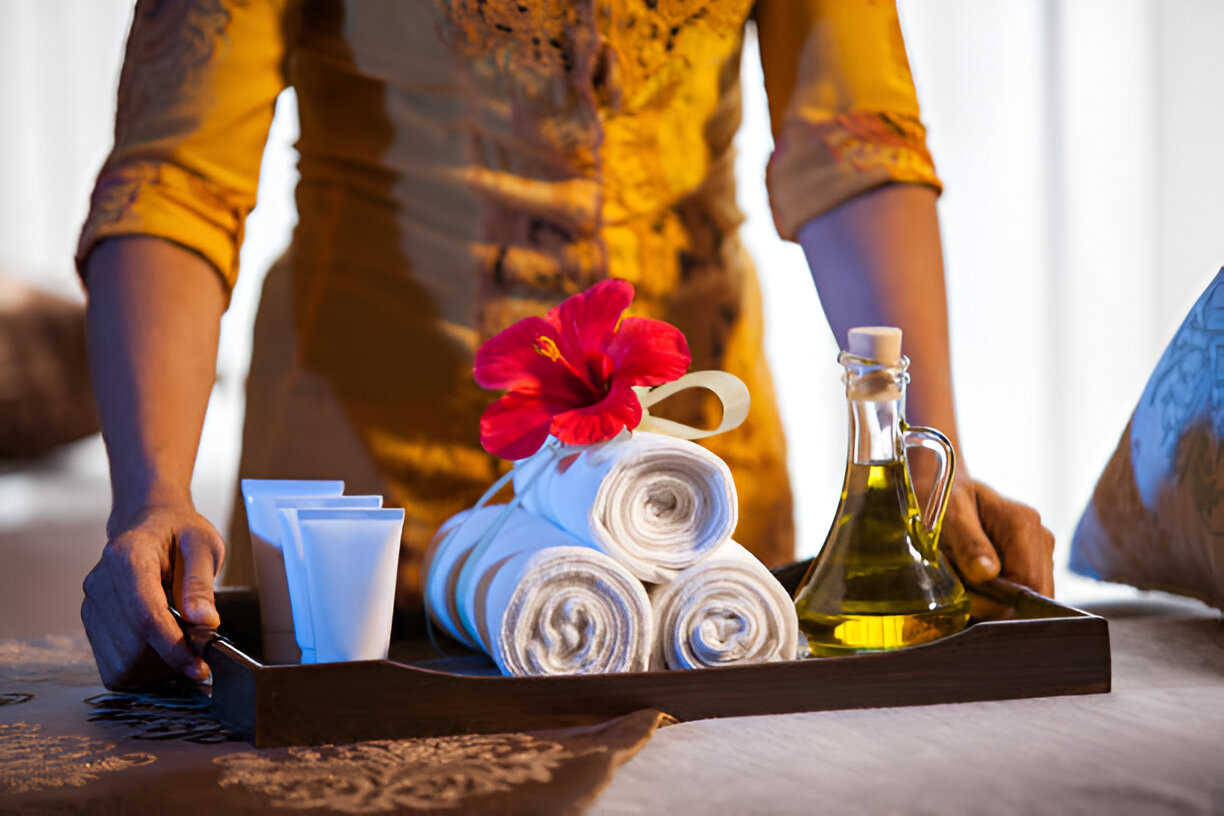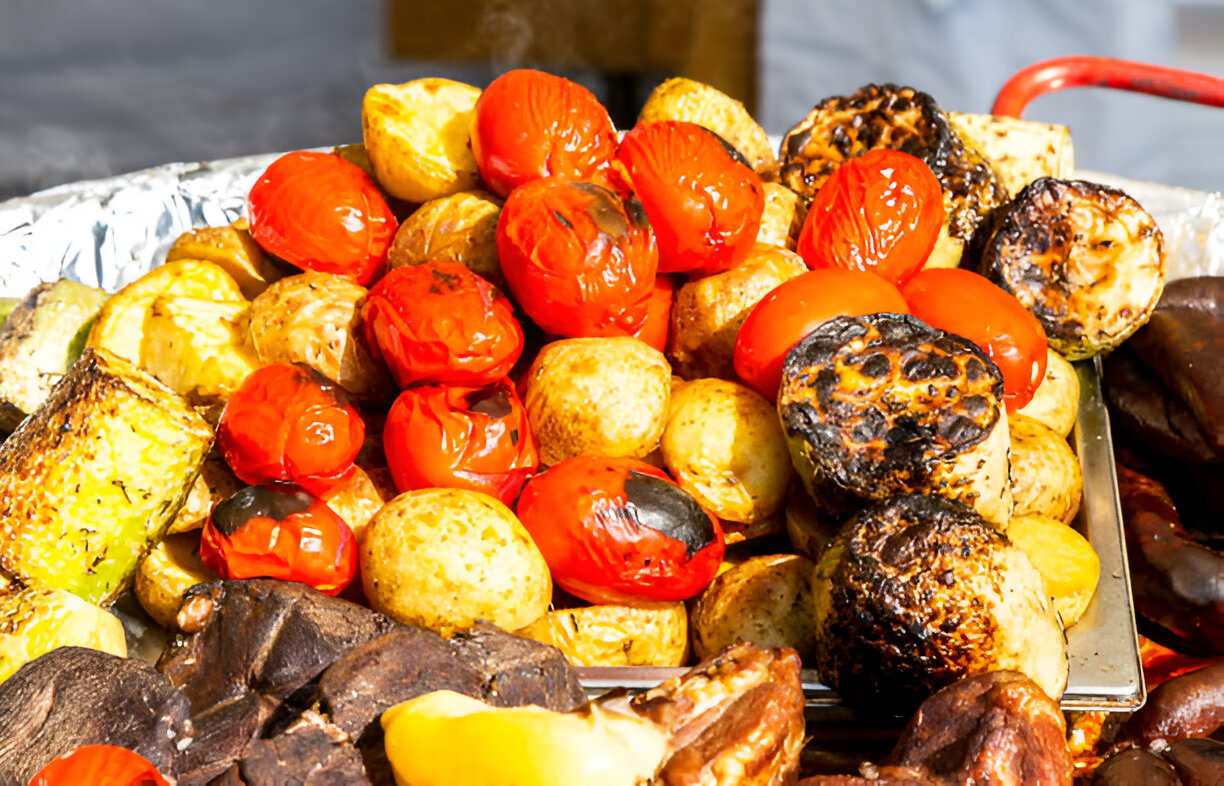
Go Really Locavore
You'll reap the benefits of fresh food, improve your soil, and feel a little more self-sufficient, says Creasy. “It's just as easy to grow vegetables as flowers,” she says.
Grow Your Own Lush Life
For more than 25 years, in the tiny front yard of her quarter-acre property on the San Francisco Peninsula, Creasy's zucchini have coexisted with her marigolds and her ‘Big Bertha' peppers with her petunias. She began her garden's transformation in the 1990s, after she took out her front lawn, laid a wide brick patio to create a courtyard, and carved two small terraces at the edge of her sloped lot to prevent water from running off into the road.
She traded ornamental trees and shrubs for fruit, hedges for blueberries, and jasmine for arbors twined with cherry tomatoes. Tulips pop up amid her salad greens, and roses bloom among her ‘Black Satin' blackberries (shown here). Here's how she worked edibles into the mix.
Combine Pretty and Practical
Creasy believes the most striking gardens combine the pretty and the practical. In addition to being beautiful, flowers draw pollinators such as bees, as well as other “good” insects (ladybugs and lacewings) that help control the “bad” ones (aphids and caterpillars). It's a better way to boost plant health than using chemical pesticides, which wipe out those good insects along with the bad.
In this close-up shot of the garden, ‘Raven' zucchini flowers grow alongside orange marigolds.
Delicious Dividers
Like most petite front gardens, Creasy's needed separation from the street, along with ways to delineate smaller spaces. Instead of building walls or planting hedges, she made dividers she could eat: ‘Enchantment' tomatoes and ‘Straight Eight' cucumbers on wooden frames strung with wire trellising.
Between her yard and the street, she installed low redwood fencing and planted flowers and edibles — including geraniums, black-eyed Susans, strawberries, and collards — in front of and behind the fence. Even her chicken coop, discreetly positioned in a corner of this same front space, is a version of a garden room, its wire walls supporting ‘Sungold' tomatoes.
Branching Out
Dense green junipers once separated Creasy's driveway from a neighbor's. She subbed in a dwarf ‘Pink Pearl' apple tree, along with blueberries, strawberries, and cherry tomatoes. This colorful pastiche, which includes purely ornamental boxwood, blooming Gaillardia (blanket flower), Celosia (cockscomb), and purple irises, made her neighbors so happy, they added their own tomatoes.
For privacy and screening, Creasy and her neighbors share fruiting trees, as well: a ‘Fuyu' persimmon, ‘Black Mission' figs, ‘Bearss' limes, and ‘Shinseiki' Asian pears. The ripe fruit, each arriving in its own season, hangs copiously on either side, so both households can enjoy it.
Covering Ground
For the gaps in planted borders and between stepping stones, Creasy chose herbs such as spreading thyme (pictured here), instead of more prosaic fillers such as turfgrass or baby's tears. Not only do such herbal carpets flower, smell good, and attract bees, they're also less thirsty than most of their purely decorative cousins.
Edible Arbor
At the garden's entrance is a gateway twined and topped with scarlet runner beans and blooming clematis. The clematis is a common garden greeter, and the beans' upright vining habit makes them ideal for the job as well.
In the shadier rear garden, Creasy trained a lusty ‘Lisbon' lemon over the entrance to a seating spot. Its scented flowers and large fruit draw attention to a quiet corner that might otherwise go unnoticed.
Placement Plotting
With a few exceptions, edibles need about eight hours of full sunlight. Since the lot is brightest in the front, most of Creasy's food plants had to go there. (Some herbs, such as parsley and dill, tolerate more shade.)
Pictured here are some of the scarlet runner beans along the arbor near the garden's entrance.
Reaping What You Sow
Many fruiting plants, like the persimmon tree pictured here, are perennials, meaning they can produce for years; most vegetables are annuals — they'll grow for a single season and then die — so your commitment to them is shorter.
Make Watering Easy
“I killed a lot of plants before I learned this lesson,” Creasy says, “especially potted plants.” All her containers now use drip irrigators, which can be regulated by automatic timers (kits available at dripdepot.com). Since small-scale tubing releases water around the plants' roots, less moisture is lost through evaporation than with sprinklers.




















